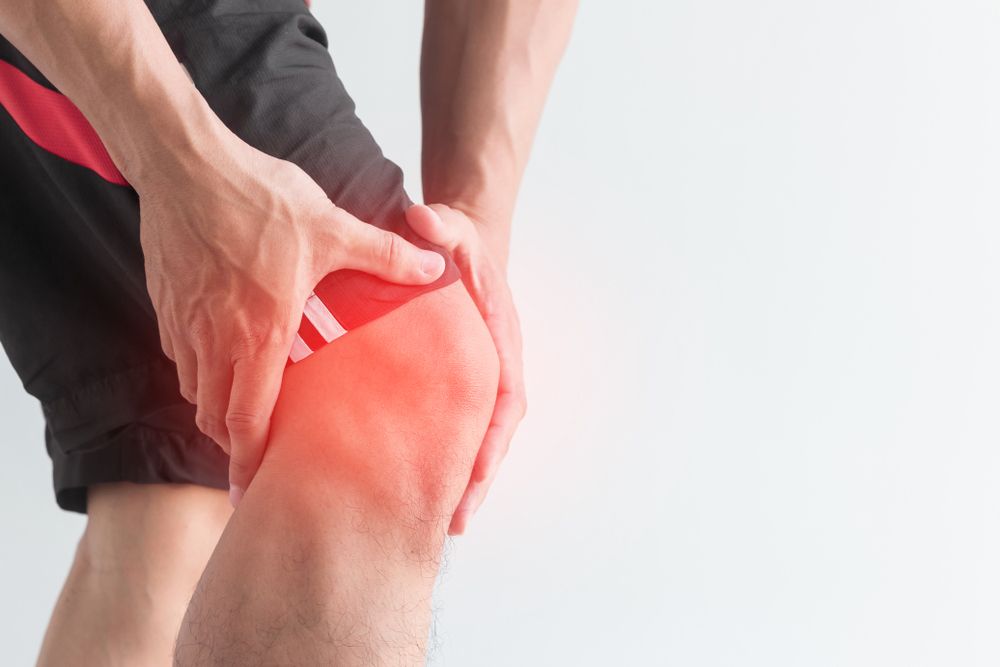[vc_row][vc_column][vc_column_text][/vc_column_text][/vc_column][/vc_row][vc_row][vc_column][vc_column_text]For those that have been running for a long time, we have all been told at some point that to perform better we need to run on our toes.
According to recent research, this is not entirely true.
In fact, less than 2% of sub-elite runners run with a forefoot strike. Nearly 90% of runners run with a rearfoot strike pattern which can vary toward the midfoot during running and can vary between left and right feet.
Research goes on to indicate that forcing a change in foot strike can increase injury risk in the lower limb. Striking through the rearfoot means the muscles at the front of the lower leg (tibialis anterior) absorb the force generated when contacting the ground. During forefoot strike, greater load is absorbed through the ankle into the Achilles and calf, which over the period of a run (or consecutive runs) trying to force the new pattern, can cause injury. [/vc_column_text][/vc_column][/vc_row][vc_row equal_height=”yes”][vc_column width=”1/3″][vc_single_image image=”3439″ img_size=”full” label=””][/vc_column][vc_column width=”1/3″][vc_single_image image=”3438″ img_size=”full” label=””][/vc_column][vc_column width=”1/3″][/vc_column][/vc_row][vc_row][vc_column][vc_column_text]There appears to be no added benefit from directly changing from a rearfoot strike pattern to forefoot. Instead, we should focus on changing other characteristics of the running pattern.
For example, increasing the step rate (cadence) and decreasing the stride length can improve the efficiency of running by equalising load at the ankle, knee and hip creating better “spring” action for running.[/vc_column_text][/vc_column][/vc_row][vc_row equal_height=”yes”][vc_column width=”1/3″][vc_column_text]
[/vc_column_text][/vc_column][vc_column width=”1/3″][vc_single_image image=”3440″ img_size=”full” label=””][/vc_column][vc_column width=”1/3″][/vc_column][/vc_row][vc_row][vc_column][vc_column_text]If you’re wondering why you are experiencing pain with running or how you can improve your running performance, let’s do a video analysis (either on the treadmill or overground) and have a look at your running pattern.
Book an appointment today by calling (08) 9295 2381.[/vc_column_text][/vc_column][/vc_row][vc_row][vc_column][vc_separator][/vc_column][/vc_row][vc_row el_class=”colored animate” el_id=”our-team” css=”.vc_custom_1615274155090{background-color: #f2f2f2 !important;}”][vc_column width=”1/4″][vc_single_image image=”3214″ img_size=”large” label=””][/vc_column][vc_column width=”3/4″][ultimate_spacer height=”0″ height_on_mob_landscape=”15″ height_on_mob=”15″][porto_ultimate_heading main_heading=”Amy Zappavigna” alignment=”left”]PHYSIOTHERAPIST[/porto_ultimate_heading][vc_column_text]Amy has integrated her clinical skills and Pilates knowledge into treating and managing her client’s injuries. She enjoys getting people active and on the right path to achieving their fitness and functional goals.
In her spare time, Amy is training for her next triathlon or running around the field umpiring amateur football.
Special Interests
- Treating Running Injuries
- Rehabilitating Spinal Pain
[/vc_column_text][/vc_column][/vc_row]

